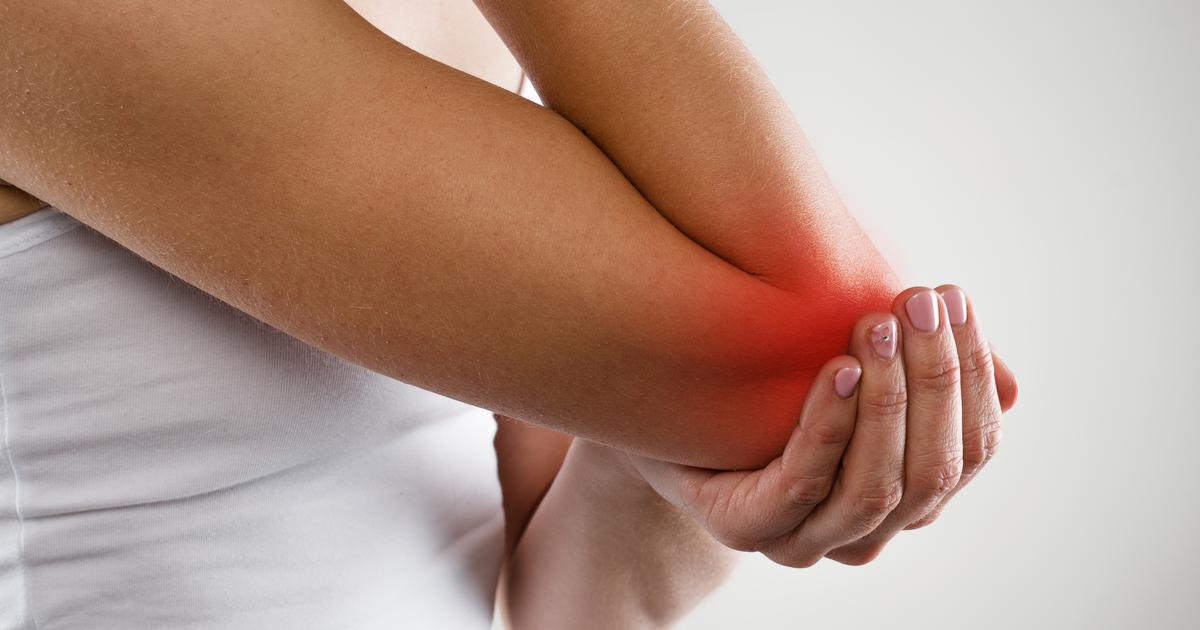What Causes Elbow Pain?
No one likes it when part of their body hurts, particularly when it is a part they have to move quite a lot. One such part of the body is the elbow, which is crucial to moving the arm and perform countless activities. Quite a few different things can result in elbow pain, including both acute and chronic pain. The good news is the majority of elbow pain will improve with rest and treatment at home. However, affected individuals should go to the emergency room if they have a protruding bone or obvious elbow deformity. Patients should also call a doctor immediately if they have trouble moving their elbow or arm, or if they experience swelling and bruising surrounding the joint or severe pain. Patients should also schedule a doctor's appointment if they have pain that doesn't get better after using home remedies.
Get the full details on the common causes of elbow pain now.
Joint Sprain Or Strain

Sprains are caused by ligaments becoming overstretched or torn. While sprains most commonly occur in the ankle, they can also occur in the elbow. A sprain is treated by resting the injured area, applying ice, elevating the injured area to improve blood circulation, and providing gentle compression. If an elbow sprain is severe enough, affected individuals might need to undergo surgery to help repair the torn ligament.
Strains occur when the tendons or muscles are injured. Tendons are responsible for attaching muscles to bones. The symptoms of these injuries vary depending on how severe the injury is. In addition to elbow pain, patients may also experience bruising, swelling, and a limited range of motion in the joint. It's important to see a doctor if individuals think they may have a fracture. If an individual can't move their elbow at all, have pain directly over the connecting bones, or feel any numbness around their elbow, they need to see a doctor.
Read more about the causes of elbow pain now.
Tennis Elbow

Tennis elbow is a condition that develops when elbow tendons become overloaded and is most commonly caused by repetitive motions in the arm and wrist. The medical term for tennis elbow is lateral epicondylitis. Though the condition is best known for being caused by tennis, there are many reasons individuals may develop it. Butchers, carpenters, painters, and plumbers all do jobs that involve the same kinds of repetitive motions that lead to tennis elbow. Elbow pain with this condition usually occurs where forearm tendons attach to the bony bump found outside the elbow. Depending on the case, the pain can move into the individual's wrist and forearm. Over-the-counter pain medicine and rest can help relieve the pain from tennis elbow. If these treatments aren't helpful, or if a patient's symptoms are severe enough that they cause disability, surgery may be necessary. The weakness and pain associated with this condition may make individuals have trouble with holding a coffee cup, turning doorknobs, gripping objects, and shaking hands.
Uncover more information on what can cause elbow pain now.
